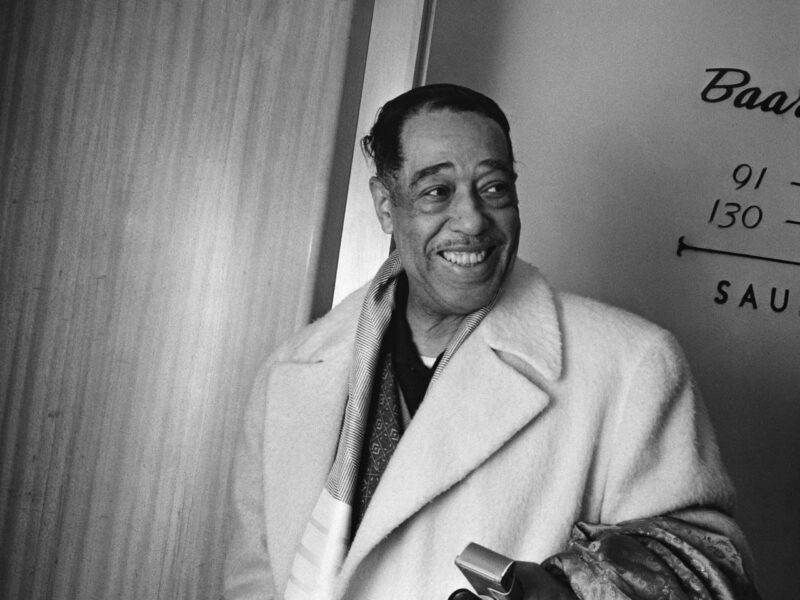As mentioned in my 12/12/14 post, last week in Government class, one of the songs we listened to was Billie Holiday’s 1939 classic “Strange Fruit.” This song had a profound effect on the class.
Before playing it, I tried to heighten anticipation by noting that it is the angriest song I have ever heard — and I listen to a lot of songs! — a claim that mystified many of the students in the early going during the slow minute-long orchestra pre-vocals intro. I also tried to convey the place that the song holds in the annals of recorded music history:
– In 1999, Time Magazine named it the song of the century;
– The Atlanta Journal-Constitution listed it as #1 on its list of “100 Songs of the South:”
– Grammy Hall of Fame selection;
– Library of Congress selection.
As is true with most historical people and occurrences, the song really cannot be comprehended or appreciated unless we transcend the frame of reference with which we perceive our world. That transcendence is to the historian what the Periodic Table is to the chemist. This famous, gruesomely graphic photo provides a mere glimpse into Billie Holiday’s frame of reference.
Although Holiday didn’t write the song, she is forever associated with it. The words speak volumes.
Strange Fruit
Southern trees bear a strange fruit
Blood on the leaves and blood at the root
Black bodies swingin’ in the Southern breeze
Strange fruit hangin’ from the poplar trees
Pastoral scene of the gallant South
The bulgin’ eyes and the twisted mouth
Scent of magnolias sweet and fresh
Then the sudden smell of burnin’ flesh
Here is a fruit for the crows to pluck
For the rain to gather, for the wind to suck
For the sun to rot, for the tree to drop
Here is a strange and bitter crop.
Onward, Malcolm Gauld


